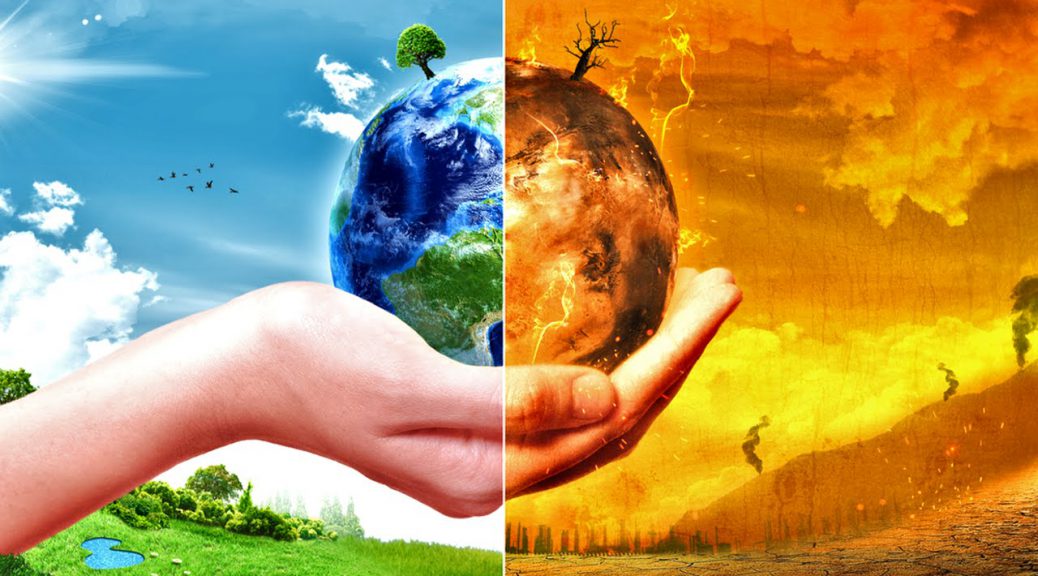1. Tie a plastic ziplock bag on to a big leaf with direct sunlight. It is definitely cost effective but it may take a longer period of time. It is similar to distillation method as water vapour produced from the respiration of the leaf will condensed on the cooler surface of the plastic, and water droplets will form upon the loss of energy from the vapour molecule, resulting in the change in phase. This water droplet will then accumulate within the plastic ziplock bag as purified water. We can also use water purification tablets which are chlorine dioxide tablets to make potable water.
2. Cost is high to build the plant. Additionally, the cost is also relatively high to produce a small amount of water. Large amount of land is also needed so countries that cannot afford to provide such land space may not be able to use desalination technique to purify water. Desalination technique is also not suitable for landlocked countries.
3a. Corrosion of plumbing system from pipes and erosion of natural deposits.
3b. There could be a possibility of that happening but the chances are low as such chemical plants will have strict regulations to prevent such contamination to occur.
4. Fat soluble vitamins have few or no polar groups while water soluble vitamins have more polar groups than non polar groups which can form hydrogen bonds with water molecules.


